Garden screens – masters of disguise – by Diane Morey Sitton
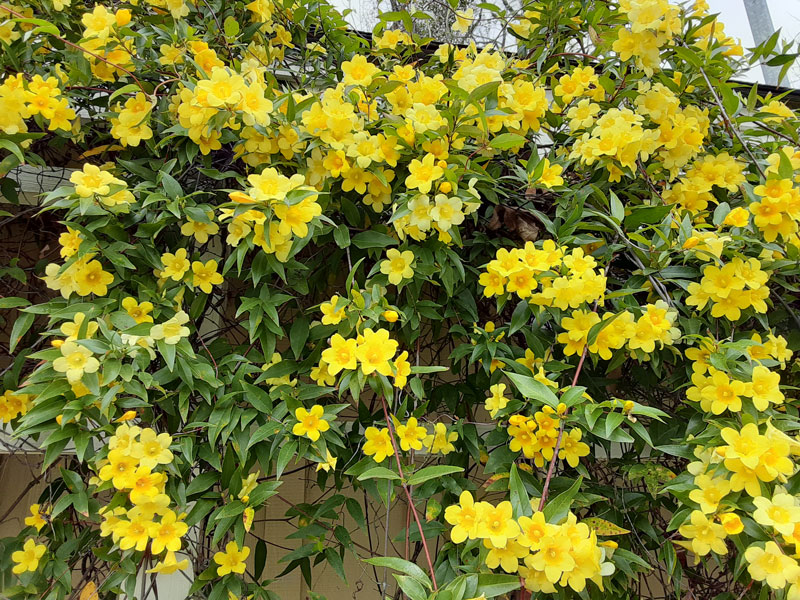
If you are wondering what a vine-covered trellis, a short row of columnar trees and a set of mosaic-adorned panels have in common, it’s simple: each of them can be used as a garden screen.
Screens are indispensable design tools. They create a sense of privacy when neighbors are only a few steps away; they conceal utilities or other unattractive elements in gardens; they block unsightly views beyond property lines; they help define garden rooms; and they contribute to style.
Before getting started, decide which views you want to camouflage and which views you want to preserve. Study patterns of sun and shade to evaluate the impact a new screen will have on existing plants and property, including your neighbors’ property. Confirm your property lines and check local ordinances.
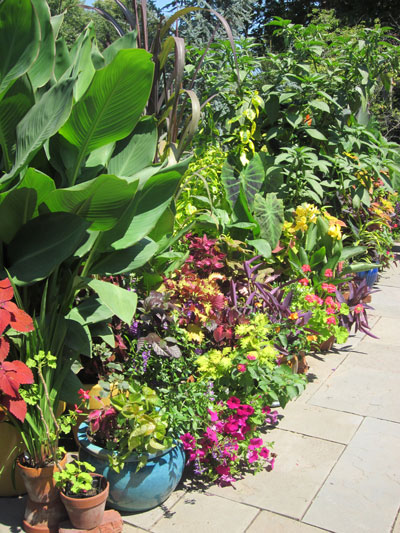
Create your own private refuge with the following ideas:
Living screens
Living screens range from a staggered trio of columnar trees or clumping bamboo to a hedge of holly or boxwood. But whether tall or short, remember to select evergreen plant material for year-round privacy. Deciduous plant material is suitable for screening patios, backyard picnic spots or other areas used primarily for summer recreation.
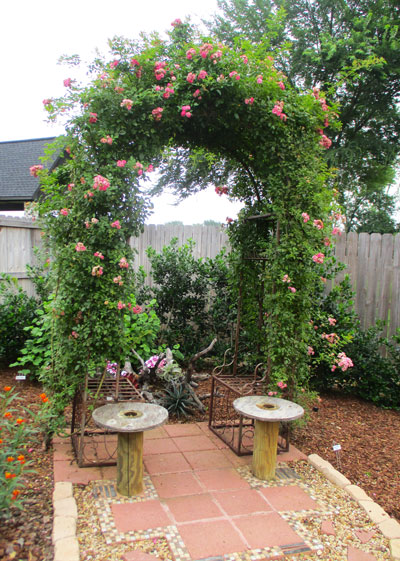
Trellises
Trellises are constructed from wood, metal, vinyl, bamboo, dried willow –a host of materials that invite flowering vines and climbing roses. Likewise, freestanding trellis panels invite a leafy layer of privacy and can be incorporated into fences or positioned anywhere in the garden to conceal or block a view. Fast-growing vines include honeysuckle, wisteria, Carolina Jasmine and coral vine.
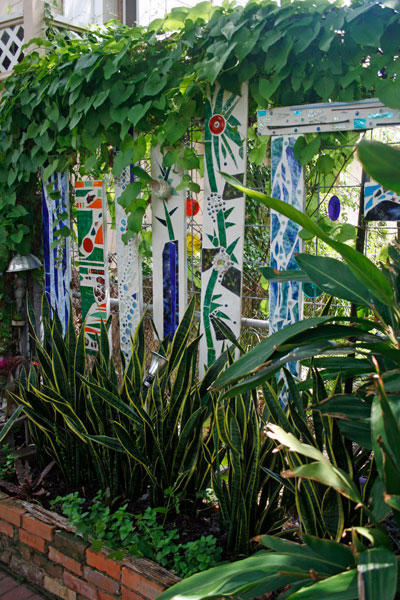
Architectural artifacts
Repurposed wood shutters, doors, gates, and even large mirrors number among the architectural relics used as screens. Freshen them up or celebrate their peeling paint, rusty hardware and weathered appearance by leaving them in their “found” condition.
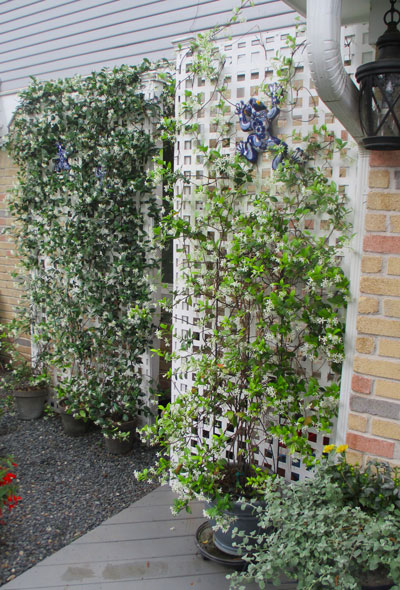
Fences and walls
Fences and walls are the ultimate privacy providers. Extend their screening prowess even more by mounting lattice or metal trelliswork on top as a support for climbing plants. Besides minimizing the presence of buildings, the leafy frame helps keep the eye within the garden’s walls.
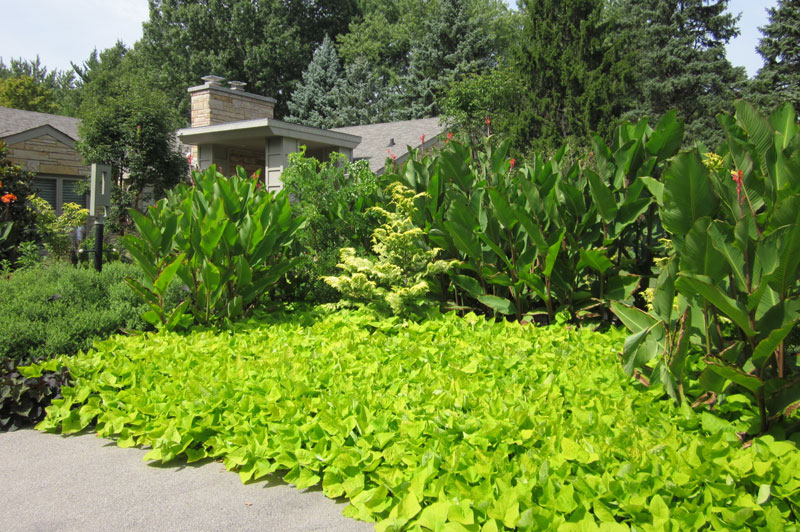
Privacy, please
Whether you’re concealing a tree trunk or a utility area, the neighbor’s driveway or a busy sidewalk, there’s a screen for the job. What’s more, besides blocking the view, the screen just might steal the show!

